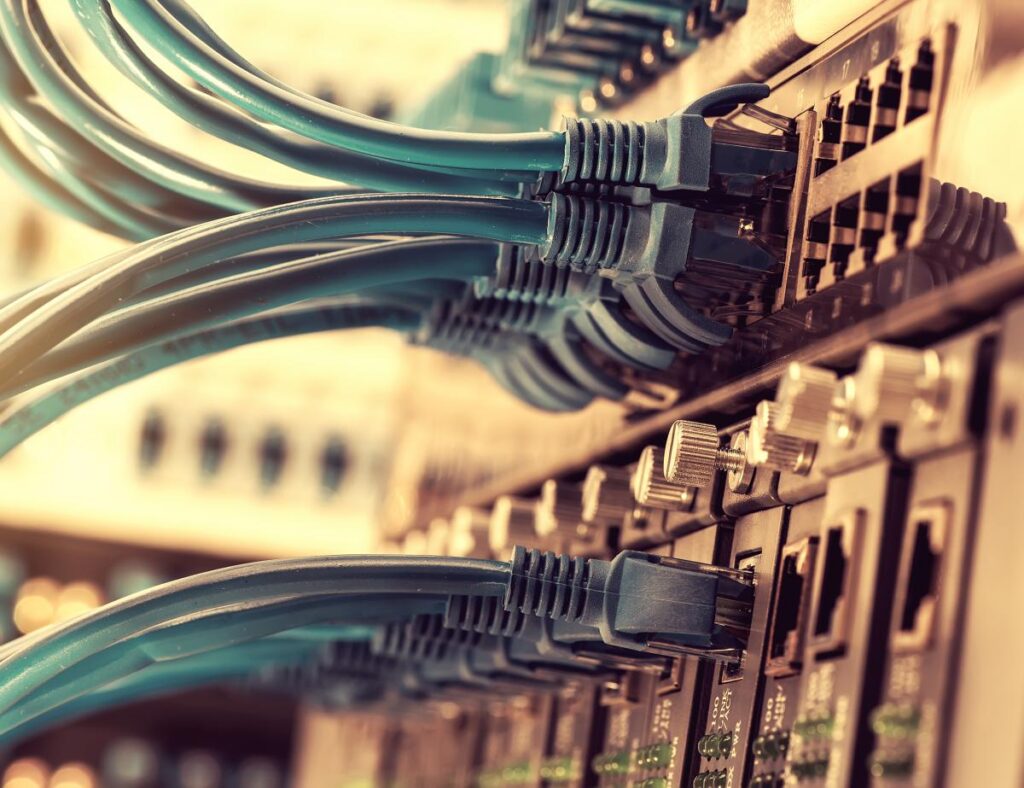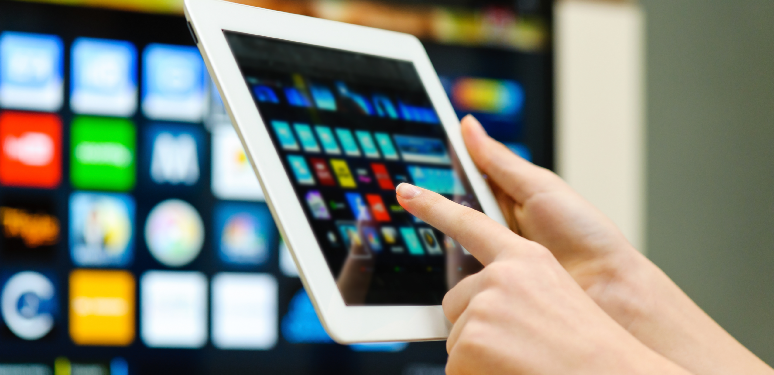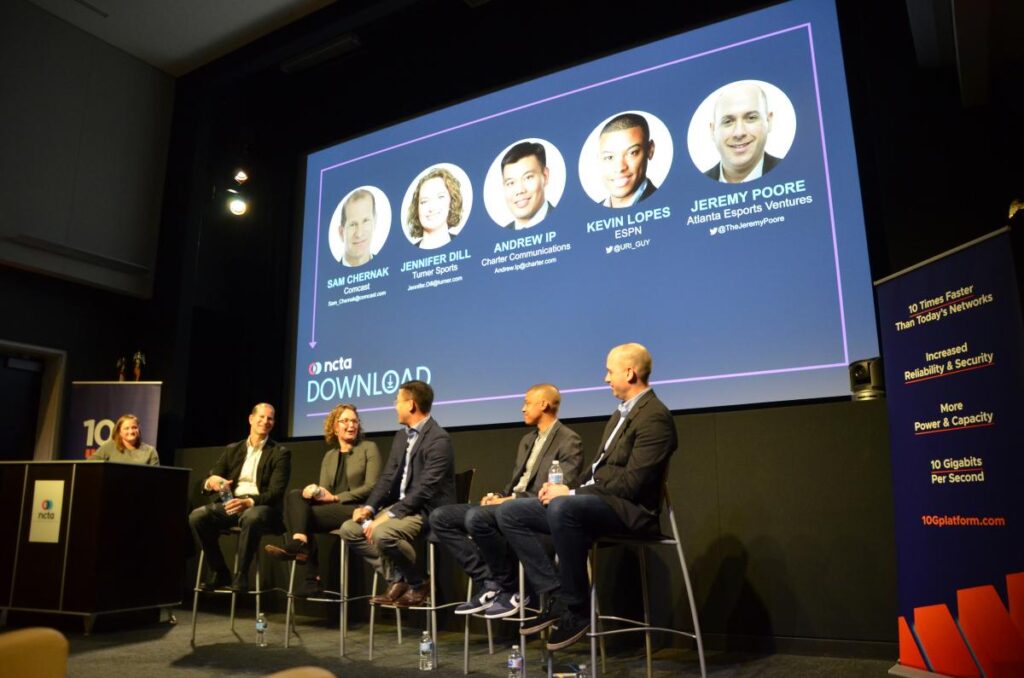NCTA Launches COVID-19 Internet Dashboard

Metrics Show Cable Internet Networks Continuing to Perform Well Despite Significant Increases in Peak Demand By Michael Powell President & CEO, NCTA COVID-19 presents an unparalleled threat to Americans. To combat the danger, millions of Americans are practicing social distancing and relying on the internet to stay connected and productive like never before. Broadband networks are making distance learning possible, ensuring businesses can continue serving customers, connecting patients and doctors through telehealth applications, and much more as we all do our part to stop the spread of COVID
Cox’s CTO and COO Explain Why Internet Infrastructure is Ready for the Unknown

As the COVID-19 pandemic continues to spread and cause uncertainty, internet service providers are working tirelessly to ensure Americans can depend on their home internet connections, which have become more important than ever before. That’s why we virtually-chatted with Kevin Hart, Cox Communication’s Chief Product & Technology Officer, and Len Barlik, Cox’s Chief Operating Officer, to learn more specifics about the company’s response to this pandemic, and why customers can breathe a sigh of relief with one less thing to worry about “We are focused on keeping our employees and customers safe
COVID-19 Update: The Cable Industry’s Ongoing Response

As the COVID-19 crisis intensifies across the U.S. and around the globe, developments are changing rapidly as data and analysis about the spread of the virus continue to be released. But the most constant prescription for “flattening the curve” to reduce the spread of the virus is the strong advice for consumers to stay in the safety of their homes and stay socially distant from others. This means that tens of millions of Americans are now working, doing schoolwork and entertaining themselves at home, and they are relying on the internet to keep them connected to their jobs, their schools
What to Know About COVID-19 and the Internet Experience

Learn more about the industry's response to the pandemic. See how cable internet networks are are performing. We have all found ourselves faced with a mountain of uncertainties due to COVID-19. One thing we can do in these unprecedented times is clear any confusion and calm fears wherever possible. Many offices now find themselves working from home for the foreseeable future, and for many it’s their first time, leading some to wonder if the shift will impact their internet connection. And to be clear, networks are expected to be fine. But let’s take the time to discuss some new challenges that
Responding to the COVID-19 Outbreak

As our country responds to the challenges being created by the COVID-19 outbreak, the cable industry is stepping up its efforts to ensure the health of its workforce, the strength of its networks, and the well-being of its customers. We are working with federal, state and local government officials and community leaders to share appropriate information and stay abreast of current developments. As we operate in small and large communities in every corner of the country, the health and safety of our employees and customers in the communities we serve is our top priority. Our employees are being
America’s Internet Speeds Continue to Rise

According to the latest Cisco Annual Internet Report, the average fixed broadband speed in the United States will grow 2.4x between 2018 and 2023. Specifically, Cisco projects it will go from 58.9 Mbps in 2018 to a whopping 143.6 Mbps in 2023. That jump in speeds isn’t very surprising, considering the cable industry has invested over $290B in capital infrastructure over the past two decades. This all comes as cable ISPs are working to build the 10G network, which will offer multi-gigabit speeds in the coming years. And as we recently wrote, Cisco also projects Americans will have even more IoT
Bring on the Smart Devices

It’s pretty miraculous that in 2020 you can leave your lights, your AC, and your music on when you leave the house and effortlessly turn them all off using your phone. Smart home technology has rooted itself into our lives, and a new report predicts Americans will have even more connected gadgets in 2023. According to Cisco’s Annual Internet Report, there will be 4.6 billion networked devices in the U.S. by 2023. Compare that to the 2.7 billion estimated in 2018 and it would be safe to assume homes will only continue to get smarter. For a little context, that means the average American in 2018
How Technology and Content Define the Future of Television

Technology is everywhere. Today’s consumers experience it wherever they go, with smart assistants that sit on countertops to wearable devices that monitor heartrates, and so much more. For the media industry, the changing way Americans experience technology in their lives comes with tremendous opportunity. Gone are the days where a family would only crowd around the living room television. Now, it’s about marrying quality content to cutting edge innovations, and meeting consumers with what they want, wherever they are. NCTA connected with ViacomCBS to explore the future of television and how
U.S. Ranked in Top 3 for Digital Readiness

Recently, Cisco published its Digital Readiness Index, a global ranking based on how likely an economy is to support new technologies and digital services. The index is made up of the following factors; basic needs, business & government investment, ease of doing business, human capital, start-up environment, technology adoption, and technology infrastructure. The United States came in at number three overall, closely behind Singapore and Luxembourg respectively. Digging into the sub-categories, the U.S. ranks number six in technology infrastructure, behind small European nations like Denmark
The State of Play for Esports

"I would say, in its simplest definition, esports means competitive video games," said Kevin Lopes, director of business development at ESPN. At a recent panel held at NCTA, esports executives came together to talk about the fast-growing craze and what audiences have to look forward to. This rich and immersive form of entertainment is captivating not only hard core gamers, but casual viewers across the country as well. But it turns out that esports is more than meets the eye; Lopes and fellow panelists made sure to demonstrate the many facets that make up esports and the challenges the cable
